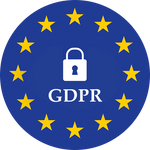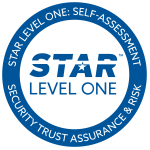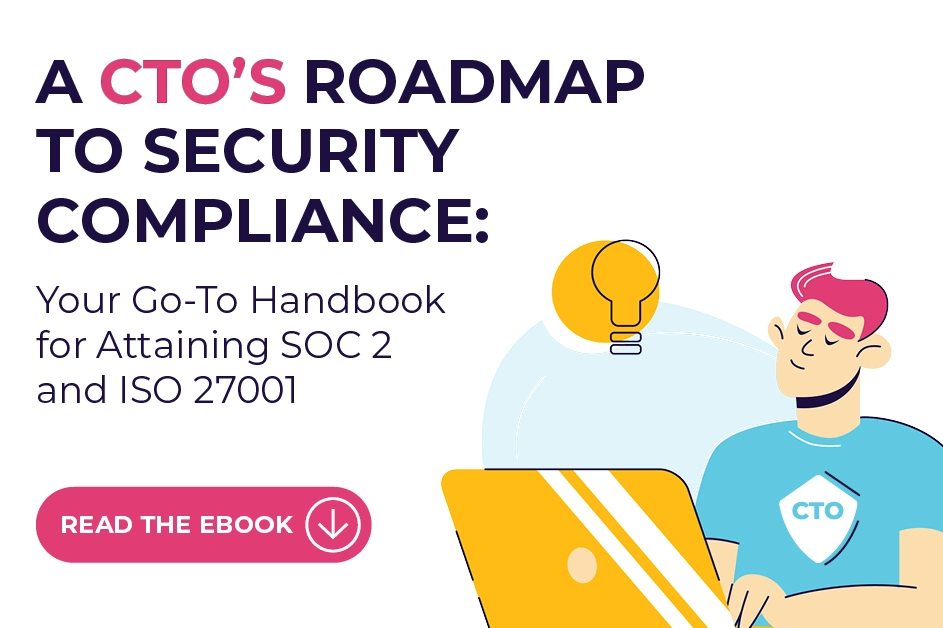What Is a Security Questionnaire?
Most businesses rely on third-party vendors for their business processes, whether it’s through partnerships or outsourcing. It’s important for organizations to assess the security compliance of these vendors before engaging in any business transactions. This is where security questionnaires, including vendor security questionnaires and SIG security questionnaires, come into play. These questionnaires are typically conducted prior to making a business decision and help determine the security posture of an organization. In essence, security questionnaires allow organizations to evaluate whether a third-party vendor has undergone vulnerability scans, external penetration tests, and external audits, enhancing cyber security risk assessment questionnaire processes and automation, and are crucial for ensuring compliance with standards like SOC 2, ISO 27001, GDPR, PCI-DSS, and HIPAA.
Understanding the Purpose of the Security Questionnaire
The utilization of a security questionnaire holds a huge significance within the realm of evaluating the compatibility of an organization with predetermined security benchmarks, thereby laying the foundation for a productive and secure collaborative partnership. Operating as a pivotal juncture in the vetting procedure, the security questionnaire assumes a multifaceted role, which encompasses an array of objectives that collectively contribute to the aim of ensuring robust security measures and risk mitigation strategies.
At its core, the primary intent of the security questionnaire revolves around the meticulous validation of critical information pertaining to the prospective organization. This validation process extends beyond mere formality, delving into a comprehensive analysis of the organization’s background, operational methodologies, and security protocols. By scrutinizing these elements, the questionnaire endeavors to unearth any potential red flags, discrepancies, or inconsistencies that might compromise the intended partnership’s security integrity in the future.
The scope of the security questionnaire extends well beyond an evaluation. Rather, it endeavors to unearth intricate details that might escape initial scrutiny. These details can encompass an organization’s historical track record, its adherence to industry standards and regulations, its past incidents of security breaches (if any), and its approach to safeguarding sensitive data. This thorough examination is not limited to the organization itself; it also pertains to its workforce, technologies employed, and third-party affiliations, culminating in a comprehensive understanding of the organization’s overall security posture.
In the contemporary landscape, where digital threats are always a worry, a specific branch of security questionnaires tailored to cyber security risk assessment takes center stage. These specialized questionnaires delve deep into an organization’s IT infrastructure, network security protocols, data encryption methodologies, incident response strategies, and employee cybersecurity awareness programs. This tailored approach acknowledges the evolving nature of cyber threats and the necessity of addressing them comprehensively. Through this lens, the security questionnaire transforms into a dynamic tool that not only assesses an organization’s current security measures but also gauges its preparedness to counter emerging cyber risks.
Why Are These Questions Necessary?
Companies have a vested interest in partnering with qualified and reliable organizations. The security questionnaire aids in determining if a company aligns with the organization’s culture and values. Additionally, it ensures that the information provided is accurate and that there are no undisclosed issues that could potentially lead to future problems.
The process of completing a security questionnaire also encourages open communication between the parties involved. It fosters transparency and trust by prompting discussions on topics such as risk management strategies, incident response protocols, and compliance with industry regulations. Through these discussions, potential issues can be identified and resolved even before they have a chance to escalate.
Moreover, the questionnaire serves as a valuable tool for due diligence. It empowers companies to thoroughly evaluate the operational practices and internal controls of their potential partners. By examining aspects such as data handling procedures, access controls, and employee training, the questionnaire provides insights into the partner’s overall commitment to maintaining a secure environment.
In the long run, investing time and effort in the security questionnaire process can lead to significant cost savings. By addressing potential security vulnerabilities and cultural mismatches early on, companies can prevent costly disruptions and legal complications down the line. This proactive approach not only protects sensitive information but also preserves the reputation and credibility of all parties involved.
Preparing for the Security Questionnaire
Well, let’s put it this way: you wouldn’t just hire a new team member without making sure they actually know what they’re doing, right? It’s the same idea when it comes to engaging with a third party and conducting a security assessment questionnaire. You need to make sure they have the necessary security measures in place to protect your precious data.
Security questionnaires are like a safety net for your organization. They help you reduce the risks associated with entrusting your data to a third party, especially when coupled with cyber security risk assessment practices. By conducting these questionnaires and utilizing security questionnaire automation, you can rest easy knowing that you’ve done your due diligence. If a data breach were to occur through a third-party vendor, you can confidently say it wasn’t because you were careless. You took the time to confirm all the necessary safeguards beforehand.
We call this whole process third-party risk management (TPRM) involving security questionnaires and security assessment questionnaires. And let me tell you, having an effective TPRM program can save your organization from a whole lot of trouble. It can protect you from regulatory penalties, financial losses, and damage to your reputation if a third-party breach were to happen. So, it’s definitely worth investing some time and effort into those security questionnaires and the associated cyber security risk assessment processes!
5 Best Practices for Answering Security Questionnaires
1. Pay Close Attention to the Instructions Given in the Security Questionnaire
Thoroughly read the instructions and precisely address the requested information, especially in the context of security assessment questionnaires. If supporting evidence or artifacts are required to substantiate your answers, ensure their inclusion. Avoid guessing and rely on subject matter experts within your organization to provide accurate information. When filling out a security questionnaire, clarity and detail are paramount. Vague or incomplete answers can lead to misunderstandings or misinterpretations, potentially affecting the outcome of the security assessment. Elaborate on your responses, providing context and examples wherever necessary. This not only demonstrates your commitment to security but also helps the assessors understand your organization’s practices better.
2. Develop Accurate Artifacts – Give Good Quality Evidence
Include concrete evidence such as documents, reports, logs, screenshots, or other files to validate your responses, enhancing the credibility of your security assessment questionnaire submissions. Before including any artifacts, be sure to redact any sensitive data that should not be shared. Concrete evidence not only showcases your dedication to security but also assists in identifying potential vulnerabilities and areas for improvement. For instance, presenting screenshots of your access control configurations, network architecture diagrams, or encryption protocols can provide a visual representation of your security measures. Including logs of security incidents, penetration testing results, or vulnerability scans demonstrates a proactive approach to identifying and mitigating risks.
3. Assign Relevant Sections to Subject Matter Experts. Do Not Attempt Them Yourself If you are not sure
Avoid having an individual solely responsible for answering the security questionnaire or the security assessment questionnaire. Instead, involve different teams within your organization, such as security, IT, compliance, and risk management, to provide input. Assign specific sections to the appropriate teams to ensure precise and comprehensive information.
4. Compile a Remediation Plan Incase a Problem Arises
For areas that require improvement based on the security questionnaire or security assessment questionnaire results, create a robust yet realistic remediation plan. Clearly outline the necessary steps, timelines, responsible parties, and required resources to address identified gaps or weaknesses. Regularly monitor progress against the plan.
5. Maintain a Register of Commitments
Keep a record of all assurances, promises, and commitments made to customers regarding security and compliance, as part of the overall security questionnaire and cyber security risk assessment approach. Continuously evaluate your adherence to these commitments and make updates to policies, procedures, and controls as necessary.
Conclusion:
By following these recommended methods while filling out security questionnaires, which also encompass security assessment questionnaires, your company showcases a robust dedication to safeguarding data, builds confidence with clients, and reduces the possibility of violating regulations or experiencing data leaks. Ensure honesty in your answers, furnish comprehensive yet succinct details, and stay receptive to suggestions for improving your security protocols in accordance with principles of cybersecurity risk assessment.













